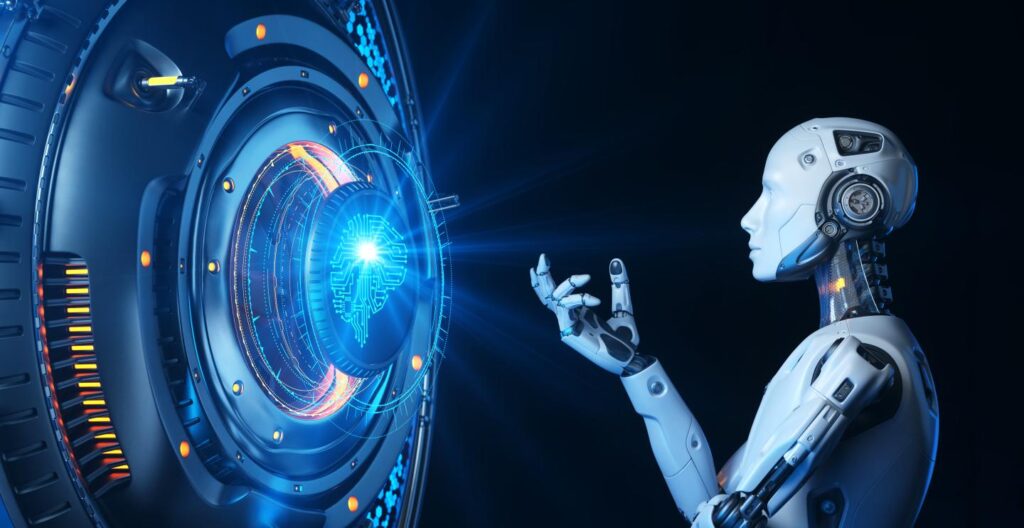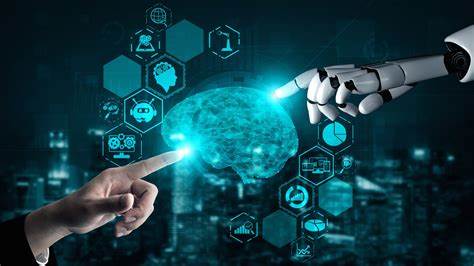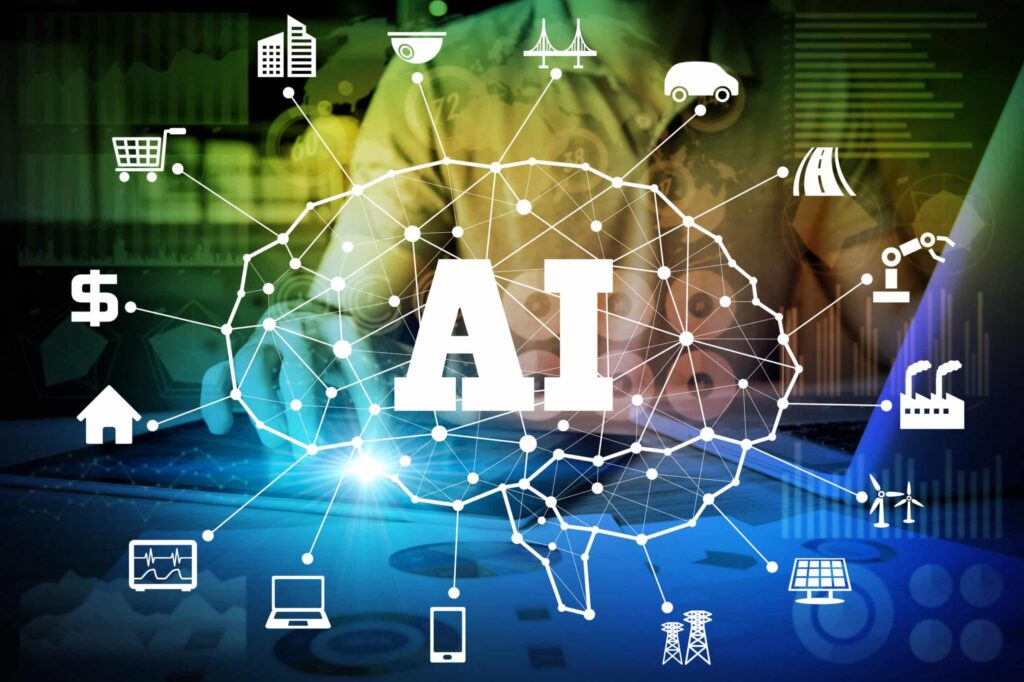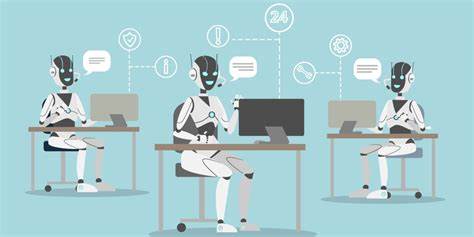Gannon University is preparing its students for the future job market. The pace of technology advancement is rapidly expanding, hence accelerating the need to elevate the education system. Embedded in Gannon’s liberal arts education, the faculty and staff are preparing Golden Knights to develop essential skills in logical reasoning, innovation, effective communication and critical thinking, that will help them succeed in the increasingly technological world.
At Gannon University, we tackle the following question in all academic disciplines: How might a student use technology to innovate smart solutions for their community and adapt to modern work environment? Last semester in my Foundation of Academic Writing class, I completed an extensive research and wrote about Artificial Intelligence. In this article, I will explain this cutting-edge technology by introducing its types and fascinating applications in our daily life, then finally challenge the long-run debatable question: Will Artificial Intelligence take over the world or not?
It is likely that the jobs we have today are not the same jobs that will exist in the next decade. Artificial Intelligence is one of the cutting-edge technologies that humans are using to revolutionize fields like health care, legal practice, business, marketing and the economic sector.

According to the Oxford Dictionary, AI is defined as the theory and development of computer systems able to perform tasks normally requiring human intelligence, such as visual perception, speech recognition and decision-making. AI can make predictions and diagnose a patient. Its uniqueness is how fast and efficiently it functions compared to humans. Currently, AI has been able to accomplish the science of mimicking human behaviors with the creation of robots and machines that are being used in a wide range of fields. I will discuss the fascinating work that AI has accomplished so far after introducing its types.
Types of AI
Scientists have classified Artificial Intelligence into three different types:
- Narrow AI, also known as weak AI, involves applying its technology only to specific tasks. Narrow Artificial Intelligence focuses primarily on one single detailed task with a limited range of abilities. One example of this type would be virtual assistants like Alexa, Siri or Cortana. Virtual assistants operate within a limited predefined range of tasks; there is no genuine intelligence nor self-awareness of the system used to operate them. Despite virtual assistants being sophisticated examples of weak AI, other examples include the face verification on our phones, the autopilot feature on Tesla cars, and the social humanoid robot, Sophia, developed by the Hong Kong-based company called Hanson Robotics. Unlike the other two categories, Narrow AI is currently a realistic application in our daily lives.
- The second type of AI is Artificial General Intelligence also known as strong AI. This type is illustrated as a machine that has the functionality and thinking ability equivalent to a human mind. This technology is far ahead from reality as we are still learning about the human brain itself. In theory, this type of AI would produce a machine that matches the thinking level of the human mind and possess the ability to perform any intellectual task like a human being. Machines have highly efficient functionality and a strong processing unit that can perform high-level computation, but they still lack the reasoning and critical judgment of humans.
- The third type of AI is Artificial Super Intelligence. This is a term referring to the period when the capability of computers surpasses humans’ abilities. It is a hypothetical situation often portrayed in movies and science fictions where machines will take over the world. It demonstrates a scenario where technology has more capability than humans in all imaginable ways. The machines in this type of AI would not only carry out tasks like a human but they would even be capable of having emotions and relationships. Currently, there is no evidence that this type of AI is anywhere close to existing in our daily lives.

Applications of AI
While the last two types of Artificial Intelligence are far ahead from reality, let’s examine the magic that weak Artificial Intelligence is already performing in today’s world.
From interacting with a virtual machine doctor to navigating a new city with just your smartphone Google map, the applications of AI have covered various domains in the market. I have compiled the top seven applications of AI in modern technology.
- Firstly, in the business sector, J.P. Morgan Chase’s Contract Intelligence (COiN) platform uses AI, machine learning, and image recognition software to investigate legal documents and obtain crucial data in a brief period. The system allows workers to review more than 12,000 agreements in less than 10 minutes, whereas it would normally take 36,000 hours to review them manually (Harvard Business School, 2018).
- In the healthcare field, International Business Machines Corporation (IBM) is one of the application software that pioneers have developed to transform the medical field. IBM focuses on applying innovative technology to help doctors, nurses and insurance providers create a more systematic approach to delivering high-quality, evidence-based care to patients. More than 230 healthcare organizations worldwide use IBM Watson technology. In 2016, IBM Watson AI technology was able to cross-reference 20 million oncology records and correctly diagnose a rare leukemia condition in a patient (Robots.net, 2019). Also, Google’s AI eye doctor is another example of a narrow AI application that can examine retina scans and identify an eye condition named retinopathy that causes blindness.
- For internet users, The Internet recommendation system is using AI to give the user the best search experience. The system is used in various areas such as generating playlists for music services, product recommendations for online stores, or content recommendations for social media platforms and web content recommenders. AI is also used to target the right audience for a certain advertisement. Have you ever wondered how you land a Christmas tree advertisement on Facebook when you are thinking about buying one. AI uses demographics and collects data from other sites a user recently visited to estimate what might be their interests and needs at the moment.

- Moreover, in the social media world, Twitter uses AI to regularly detect hate speeches and terroristic language in tweets. This software uses machine learning, visual learning and natural language to filter out offensive content on the platform. According to Forbes news, the company discovered and banned 300,000 terrorist and hate accounts. Ninety-five percent of these were found by non-human artificially intelligent programs (Hart, 2021).
- In addition, AI is the mainstay of talent acquisition. AI recruiting tool screens resumes and rank candidates based on their qualification, predict candidate success in given roles and automate repetitive communication tasks via chatbots. AI has simplified recruiting process for both recruiters and job seekers. Another familiar application for job seekers is an AI tool that builds a strong and relevant resume in 5 minutes.
- Virtual assistants like Alexa, Siri and Cortana are other examples of Artificial Intelligence applications. A newly released exciting virtual assistant is Google Duplex which can not only respond to calls and buy online items for you but also adds a human intellect to its performance. Google Duplex can engage in real-world conversations to accomplish specific tasks, such as scheduling appointments which are often done by human assistants.
- Lastly, in law enforcement, U.S. courts use AI in Compass, a commercial system used to assess the likelihood of recidivism, a term used to describe criminals who re-offend. One concern about this application is its algorithm bias. AI programs may become biased after processing data that exhibits bias. Research done by ProPublica showed that the average Compass-assigned recidivism risk level of black defendants is significantly higher than that of white defendants. Out of the cases examined by Compass, 21 percent of violent recidivism predictions were only correct (Larson et al., 2016) hence making Artificial Intelligence in this scenario highly inefficient.

Now that we are familiar with how Artificial Intelligence is revolutionizing the technological world, where do you stand on the debate of whether AI is a threat to humankind or not? Is it possible that one day AI might take over our lives?
As AI is branching out into every aspect of our lives, it is no surprise that the job market will look different in the future. While AI systems may become highly advanced and autonomous, there is no evidence currently that robots and machines will take over the world. They will always be guided by the instructions and limitations set by their human creators. Overall, the truth remains that AI is a tool controlled by humans to enhance productivity but never replace them.
That being said, with the right tools and skills, Gannon University graduates are integrating technology in their workplaces to take the lead in innovation and ethically leveraging Artificial Intelligence.
Check out this video about the Gannon Applied Intelligence program:


0 Comments